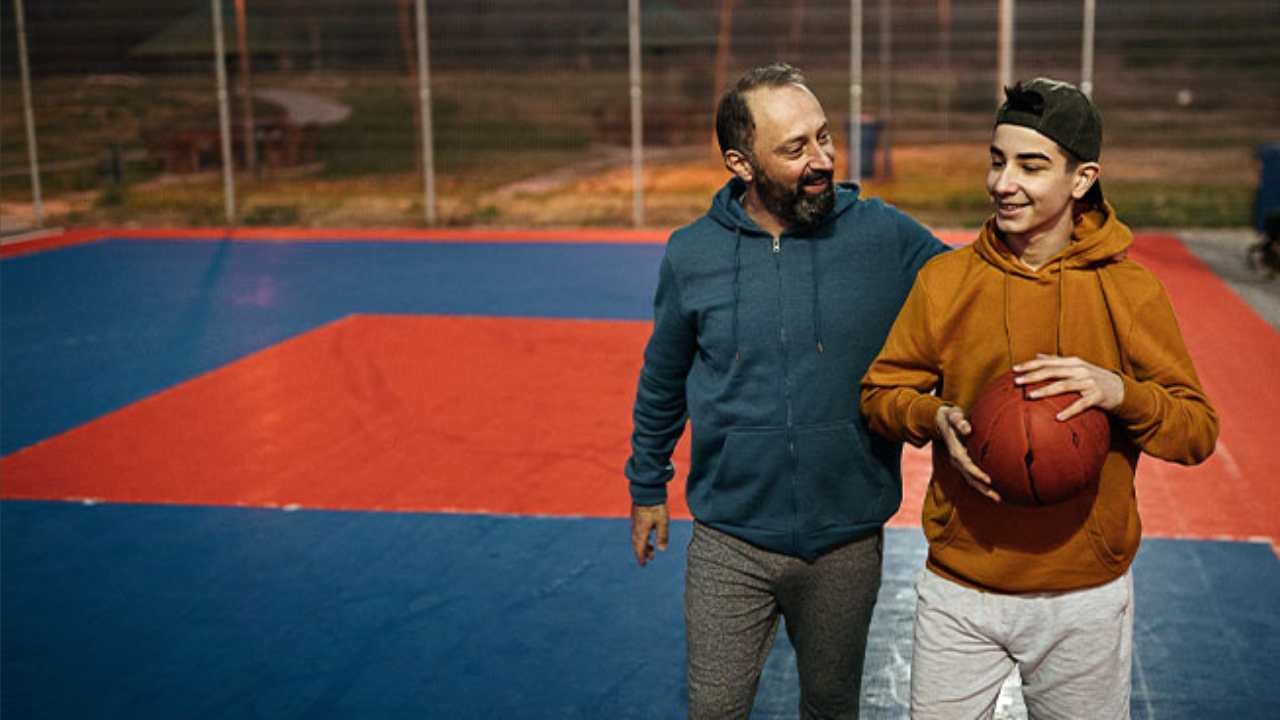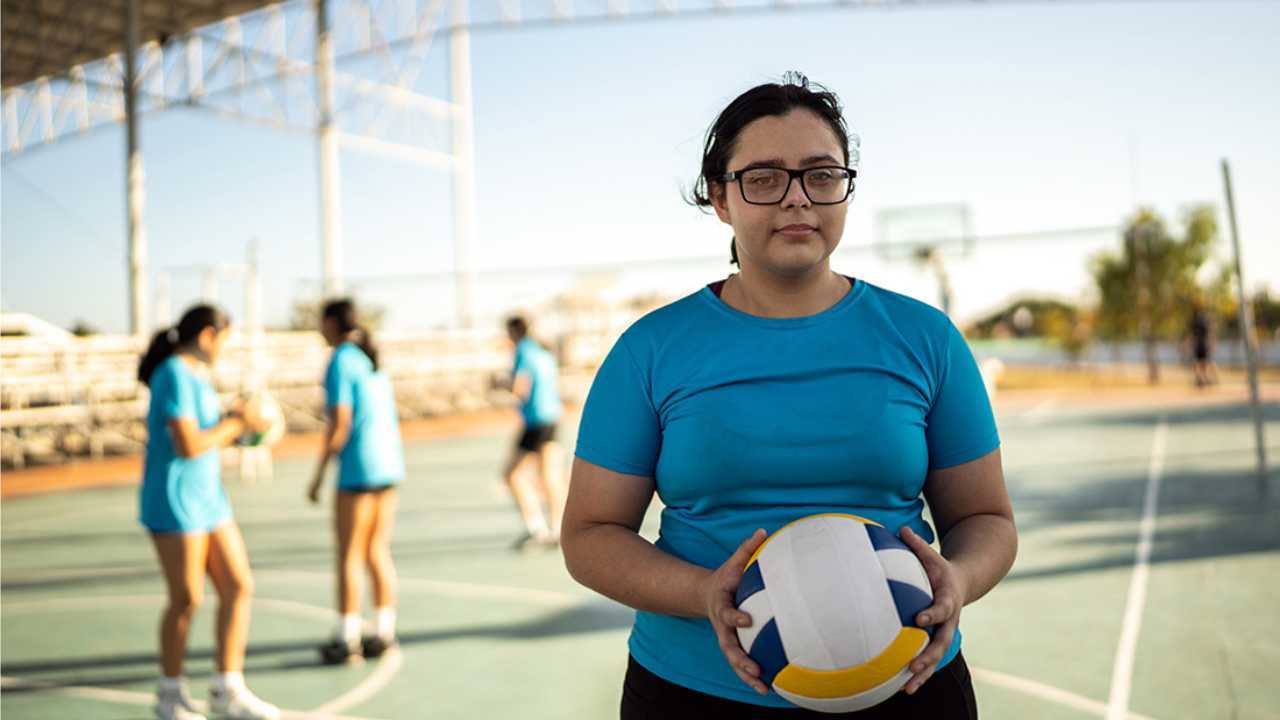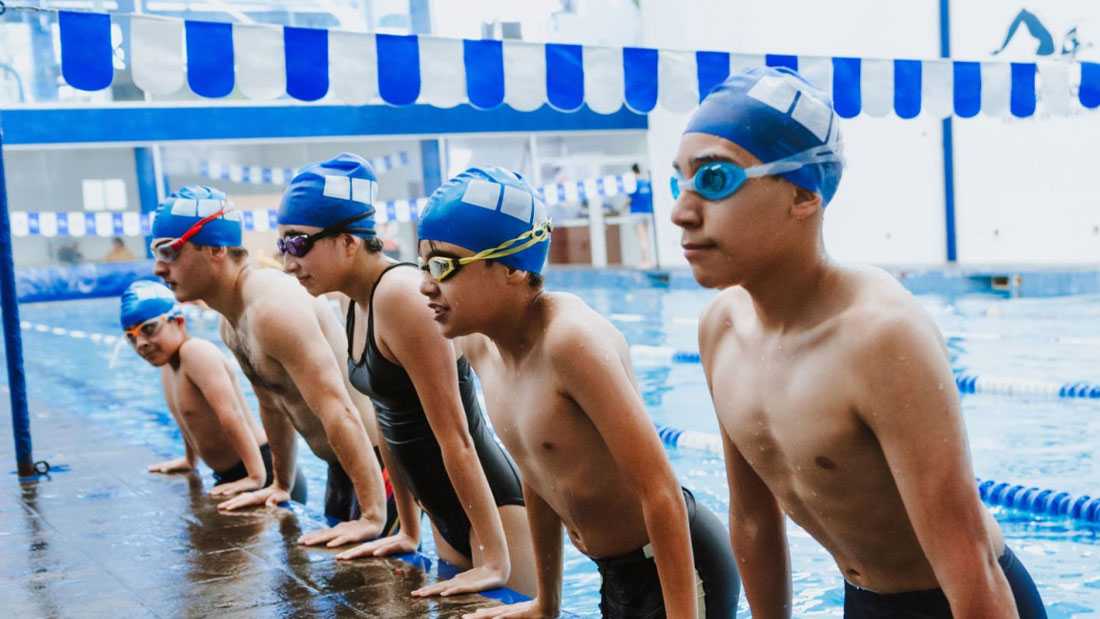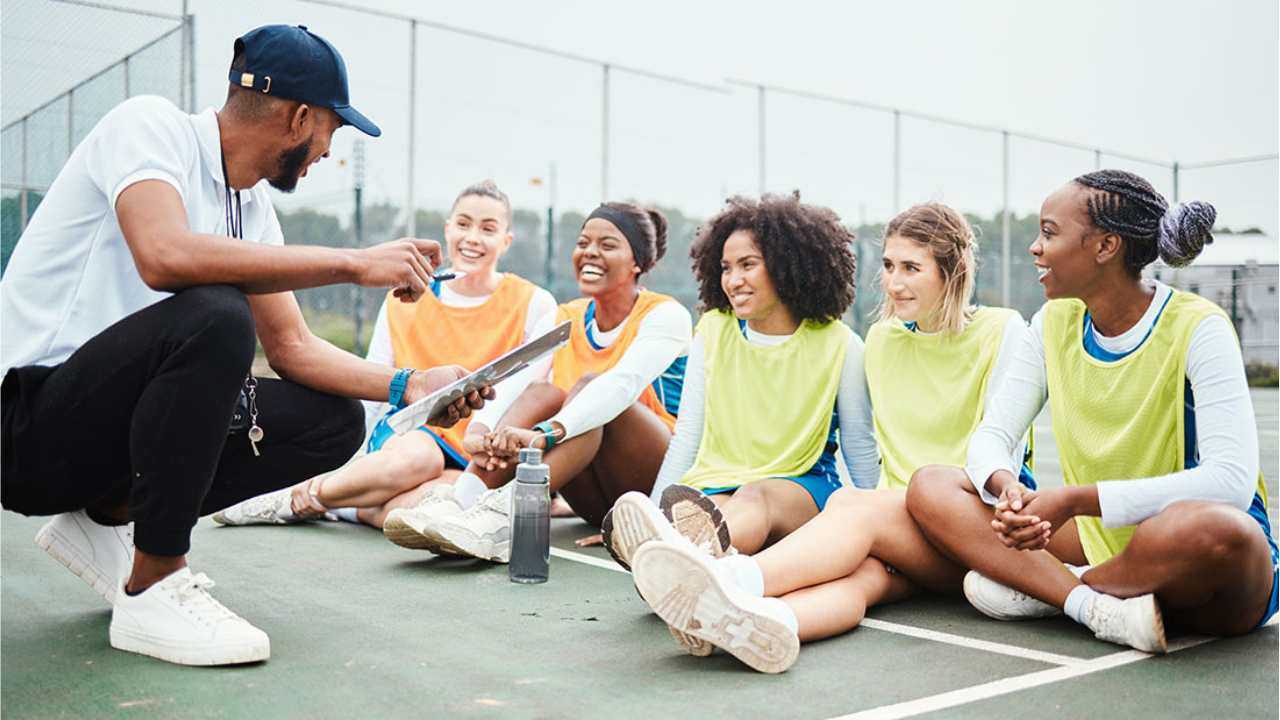Bullying 101
What it is, what to look for, how to respond
U.S. Center for SafeSport
| 3 min read

Wherever adolescents gather—in school, sports, or other settings—bullying is common.
Bullying once was thought of as “just part of growing up.” It is now seen, rightfully, as harmful misconduct that can have long-lasting negative impacts on everyone involved.
The U.S. Center for SafeSport’s new “Prevent Bullying in Sport” webpage includes a “Bullying 101” toolkit, downloadable flyers, and more resources for parents, coaches, and others who work with young people.
What Is Bullying?
We may think we have an idea of what bullying is: the one-time shove in the hallway or “all-in-good-fun” teasing at practice. It’s more than that.
“Bullying is hurt or harm that is unwanted and usually repeated,” says Judy French, coordinator of the National Bullying Prevention Center. “The target of this hurt or harm usually can’t stop it because they don’t have the same amount of (social or physical) power as the person or group doing the bullying.”
Here’s what bullying can look like:
- Repeatedly and intentionally ignoring and socially excluding someone
- Spreading emotionally damaging rumors about someone online
- Threatening violence or physically intimidating someone until they quit the team
- Consistently hitting someone and then ridiculing them in front of their teammates
The Centers for Disease Control and Prevention considers bullying a form of youth violence and an Adverse Childhood Experience (ACE).
A Widespread Issue
According to the CDC, about 1 in 5 high school students reported being bullied at school in the last year. That number nearly doubles for LGBTQ+ students. One in 6 students have been cyberbullied.
Youth who experience bullying are at increased risk for depression, anxiety, sleep difficulties, lower academic achievement, and other harmful effects.
Youth who bully have higher incidences of substance abuse, academic problems, and experiences of violence later in life. Those who witness bullying behavior as a bystander also can have negative outcomes.
What to Look For
Because bullying usually involves a social or physical power difference, it’s difficult to stop without adult or peer intervention. And kids may not own up to being bullied due to feelings of shame. Parents and other adults can look for red flags and engage when a child:
- Shows signs of depression
- Stops wanting to do things they enjoy
- Experiences a sudden drop in grades
- Loses their desire to go to school
How to Respond
Bullying is preventable. Adults who work in youth sport settings can establish a positive environment, practice bystander intervention, and lay out clear behavioral expectations. Here’s how to respond if you witness bullying:
- If an incident is in progress, separate everyone involved and make sure they are safe.
- Remain calm and do not raise your voice in anger.
- Talk with the initiator, target, and witnesses separately.
- Follow your organization’s policies to report what happened.
- Make separate follow-up plans with everyone involved.
- Revisit behavior expectations and your organization’s Bullying Behavior policy with the team, but do not talk about any specific incident.
Youth sports should be fun and rewarding. Visit the U.S. Center for SafeSport’s new Bullying prevention webpage, and uscenterforsafesport.org for more information and resources.
Be ready to recognize abuse in sport and respond wherever you are. Download the SafeSport Ready mobile app today.




